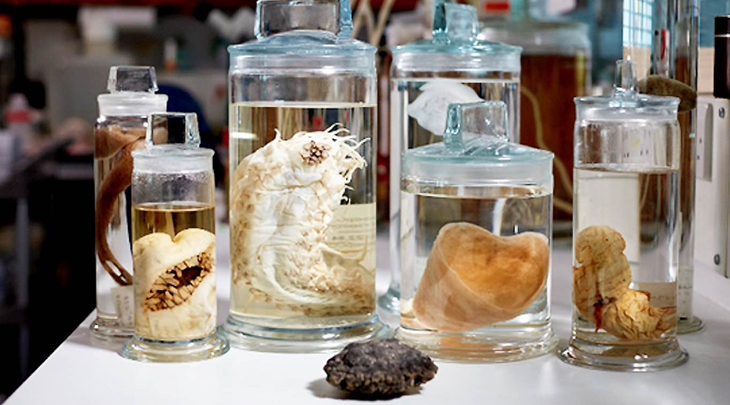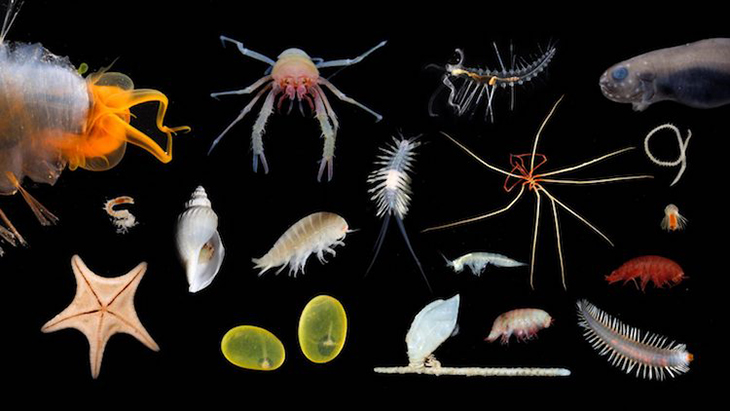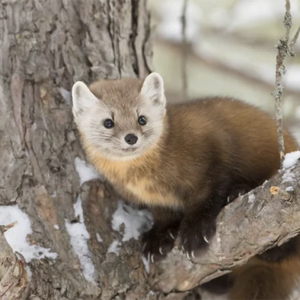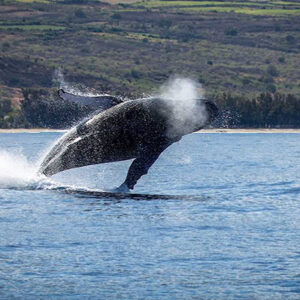
An English expedition in the Pacific has made a groundbreaking discovery of over 5,000 new marine species, offering fascinating insights into the mysteries of the deep ocean.
The newly found creatures include peculiar shellfish, carnivorous sponges, sea cucumbers, worms, and urchin-like spiny invertebrates. The research, published in the journal Current Biology, highlights the astonishing fact that our knowledge of space surpasses what we understand about the depths of our oceans.
This remarkable diversity was uncovered in the Clarion-Clipperton Zone (CCZ), an expensive area spanning nearly four million square miles between Mexico and Hawaii.
Team member Muriel Rabone, a deep-sea ecologist at London’s Natural History Museum, said “There’s some just remarkable species down there.”
“Some of the sponges look like classic bath sponges, and some look like vases. They are just beautiful. One of my favorites is the glass sponges. They have these little spines, and under the microscope, they look like tiny chandeliers or little sculptures,” she added.
Often referred to as the “pristine wilderness” of Earth, the CCZ is almost as vast as Australia.
However, it faces an uncertain future as it has been earmarked for future deep-sea mining activities. To address concerns about potential ecological impacts, biologists are now compiling the first-ever ‘CCZ checklist,’ aiming to document the species in the region and identify what might be at risk if mining operations commence.
The comprehensive ‘CCZ checklist’ includes a staggering 5,578 different species, with up to 92 percent of them entirely new to the realm of scientific knowledge.
These remarkable findings were gathered during cruises conducted by the Royal Research Ship, James Cook, using remote-controlled robots to explore the ocean floor. The robots collected samples and stored them in a simple box, providing a glimpse into the fascinating and diverse life thriving in the depths.
Ms. Rabone, who coordinated the data, said, “In every single box core sample, we would see new species.”
One of the most intriguing aspects of the discovery is that only six of the creatures described in over 100,000 records have been previously observed in other parts of the planet. This unique observation strongly suggests that the CCZ harbors an exceptional and distinct ecosystem, one that deserves further attention and protection.

In conclusion, this remarkable expedition has shed light on the immense biodiversity thriving in the deep ocean of the Pacific. The plethora of newly discovered species highlights the vastness of our planet’s unexplored regions and emphasizes the urgent need for responsible stewardship to safeguard these ecosystems, especially in the face of potential mining activities in the Clarion-Clipperton Zone.
“There are so many wonderful species in the CCZ, and with the possibility of mining looming, it’s doubly important that we know more about these really understudied habitats,” Ms. Rabone adds.
What are your thoughts? Please comment below and share this news!
True Activist / Report a typo


